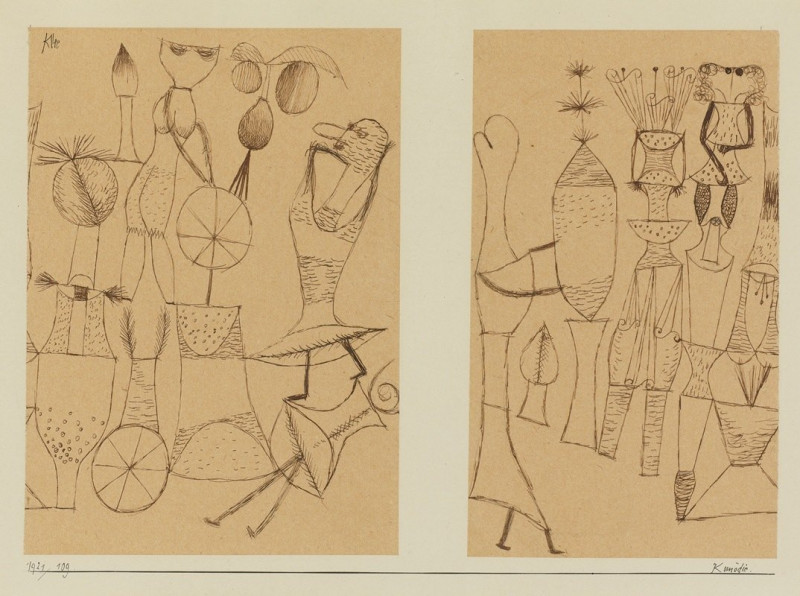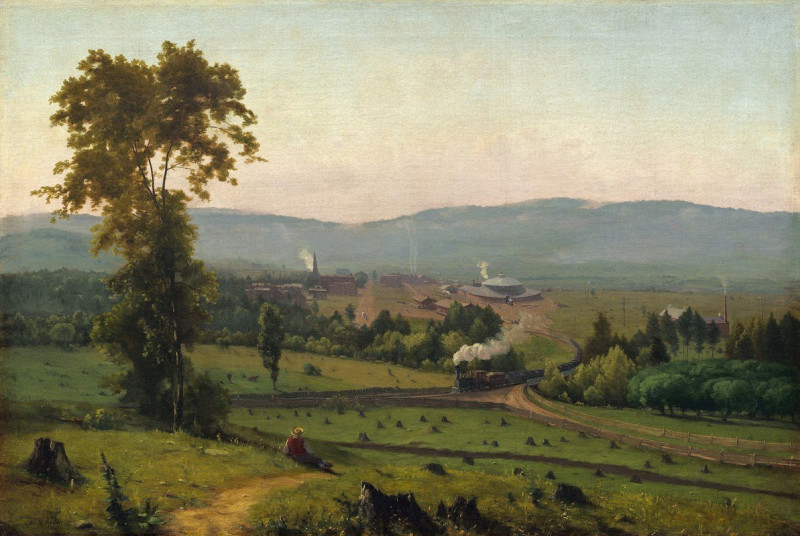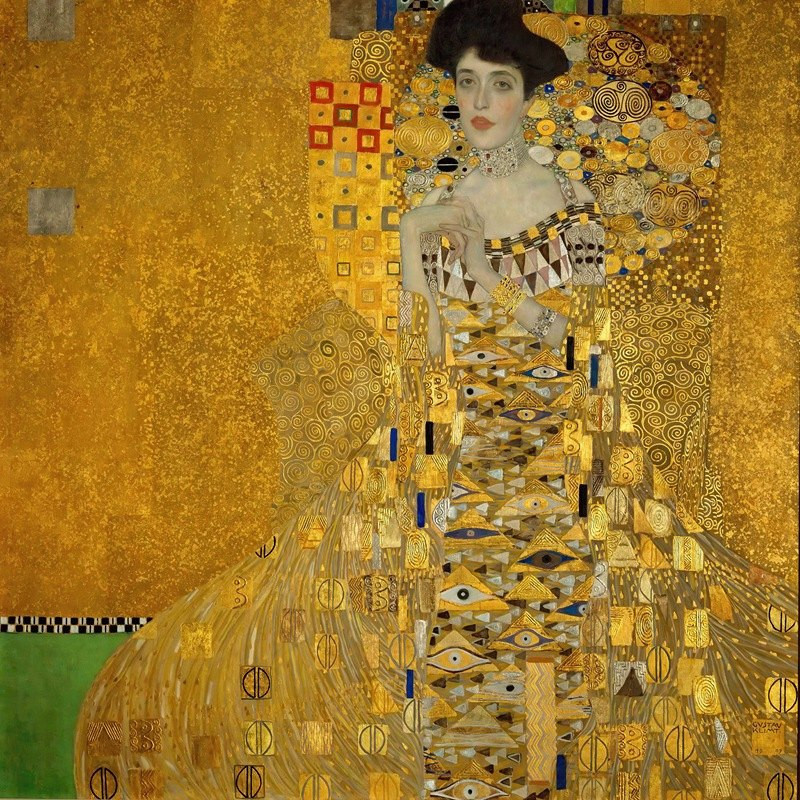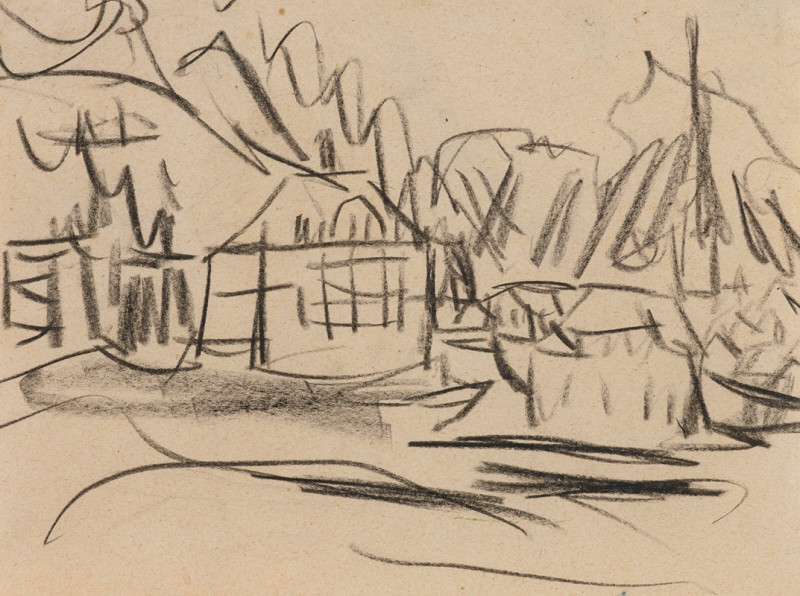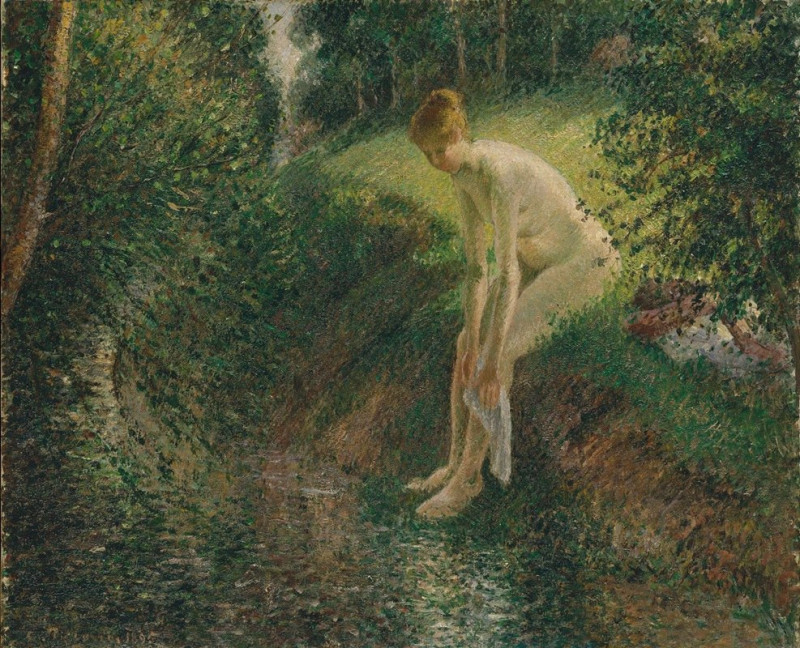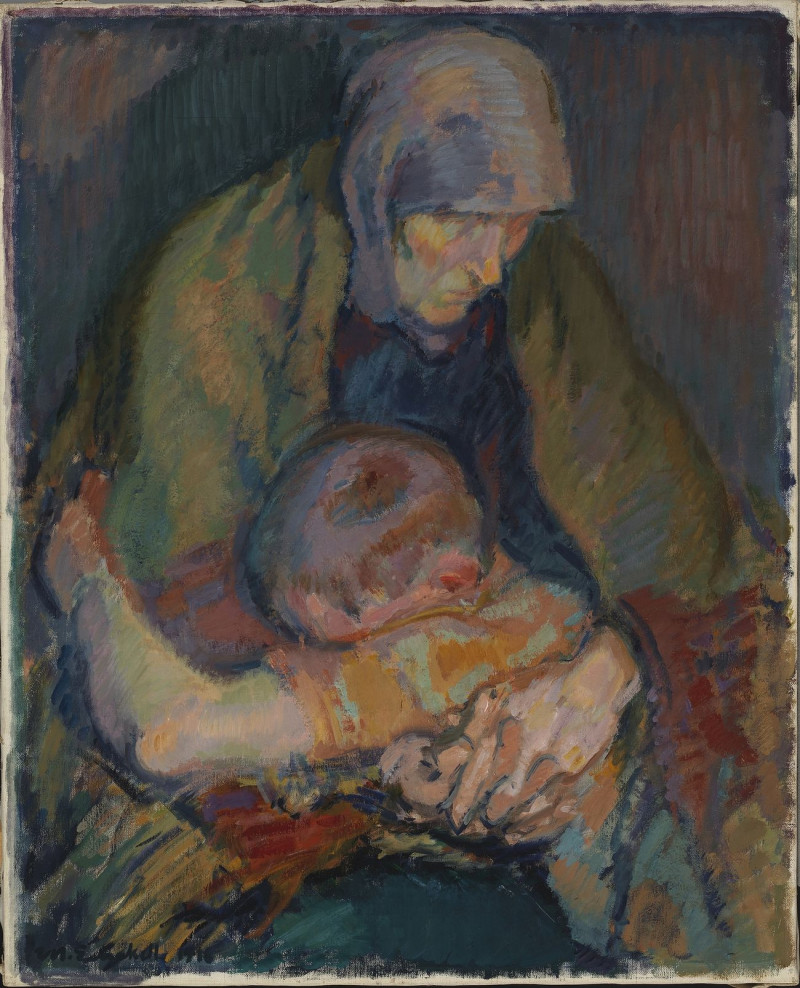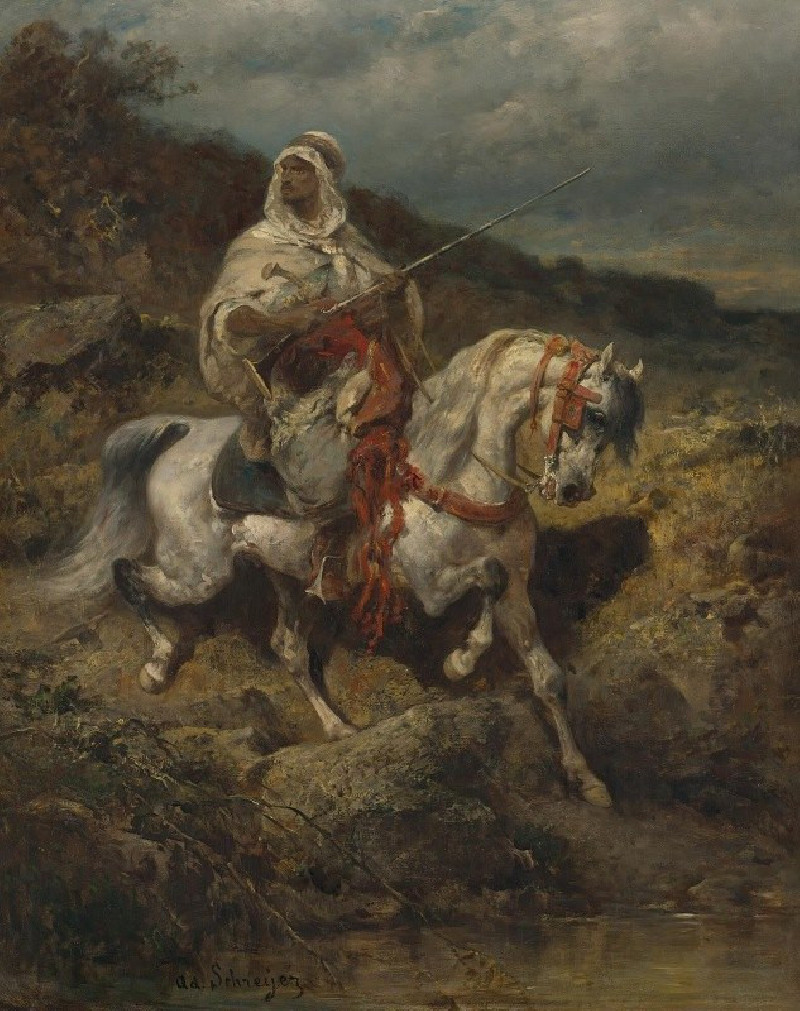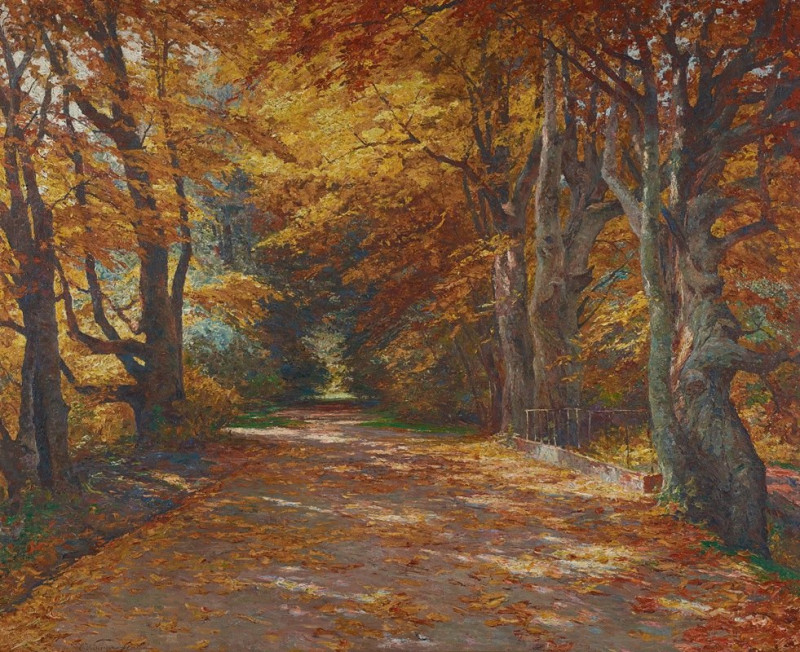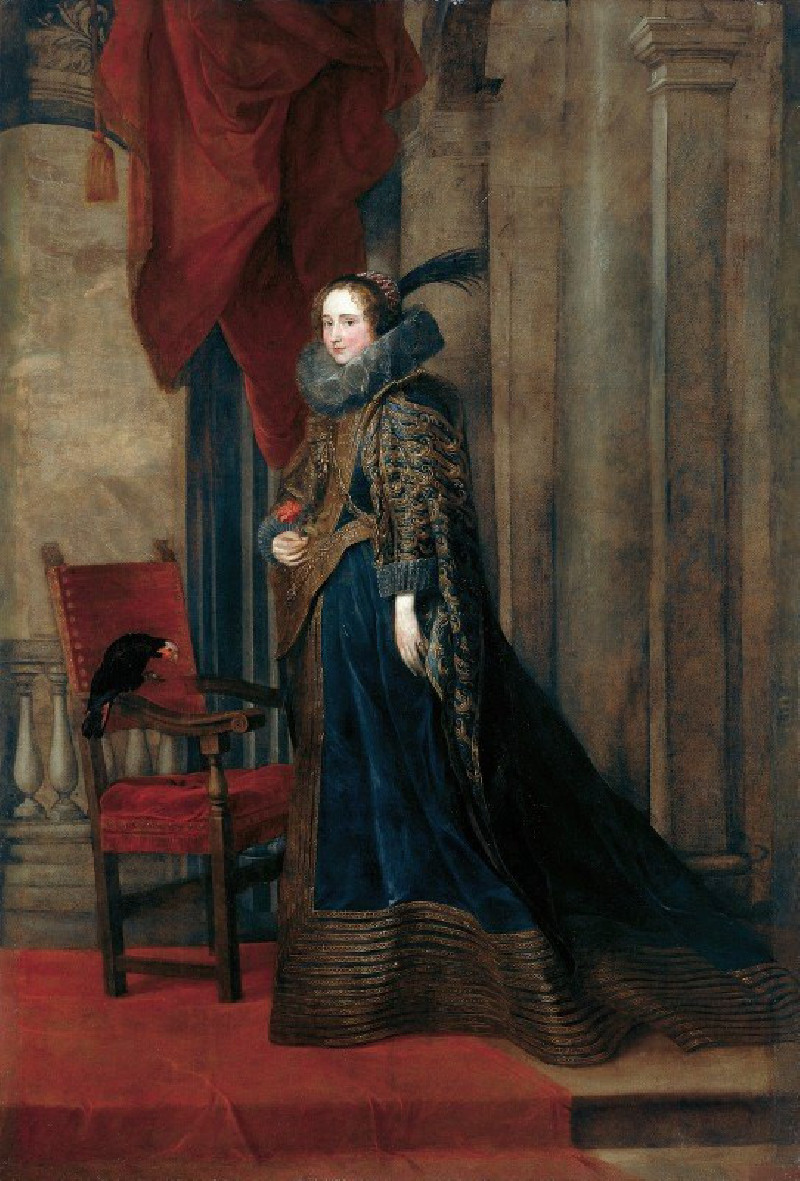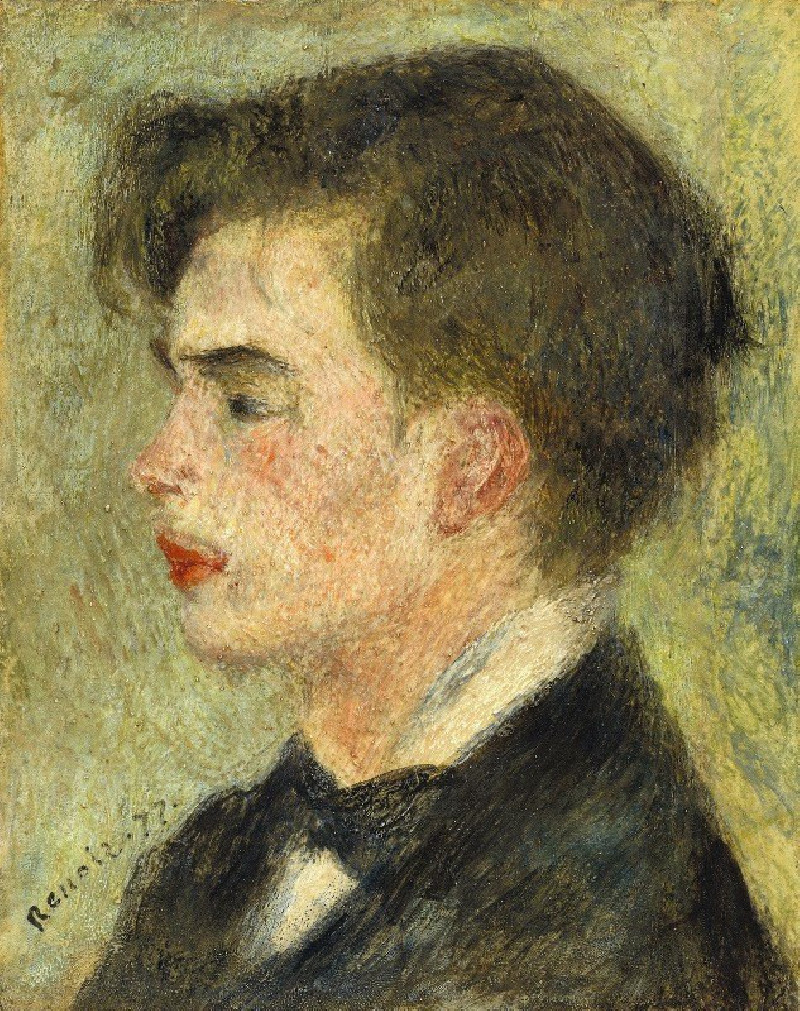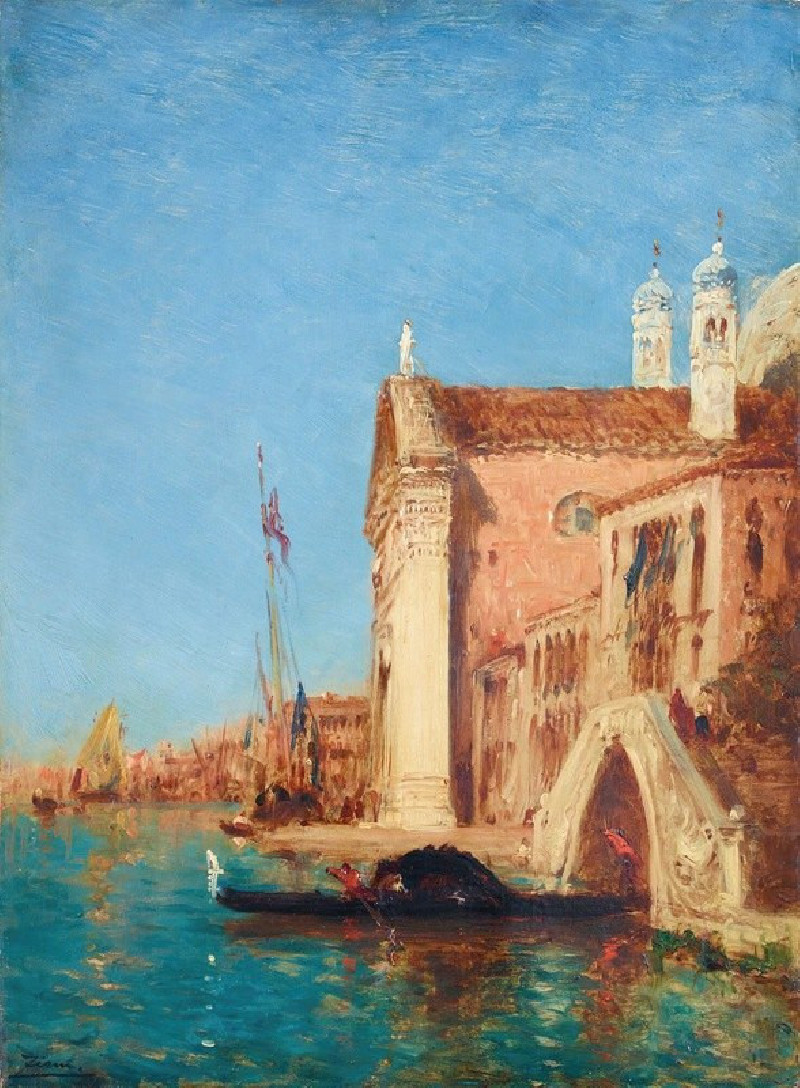Komödie (Comedy) (1921)
Technique: Giclée quality print
Recommended by our customers
More about this artwork
The painting "Komödie" (Comedy) by Paul Klee, created in 1921, offers a fascinating glimpse into the artist's whimsical and abstract style that characterizes much of his work. The artwork, drawn primarily in black on a tan background, consists of two distinct panels filled with an assortment of abstract, almost hieroglyphic figures, which conjure a lively, comedic dance upon the canvas.On the left panel, Klee portrays an assembly of forms that suggests a vibrant gathering, or perhaps characters in a playful scene. These figures appear to include whimsical creatures and symbolic shapes such as wheels and plants, punctuating the composition with a sense of movement and liveliness. The subtle intricacies in these shapes might remind one of a crowd of individuals, each with unique traits and wearing eclectic attires, engaging in a silent yet expressive carnival.Transitioning to the right panel, the shapes become slightly more structured but equally enigmatic. The figures here lean towards a vertical alignment, resembling totemic symbols or actors on a stage set for a peculiar, abstract performance. This series of forms continues the theme by keeping the viewer’s interpretation fluid and open-ended, imbued with a sense of rhythm and theatricality.In "Komödie," Klee masterfully leverages abstract symbolism and minimalist aesthetics to evoke the complexities of comedic expression and the human condition itself. Each element, while ambiguous, plays a crucial role in the overall ensemble, inviting observers to delve into a spectacle that bridges the gap between visible representation and emotive resonance.
Delivery
Returns
Paul Klee was a Swiss-born German artist. His highly individual style was influenced by movements in art that included expressionism, cubism, and surrealism. Klee was a natural draftsman who experimented with and eventually deeply explored color theory, writing about it extensively; his lectures Writings on Form and Design Theory (Schriften zur Form und Gestaltungslehre), published in English as the Paul Klee Notebooks, are held to be as important for modern art as Leonardo da Vinci's A Treatise on Painting for the Renaissance.

